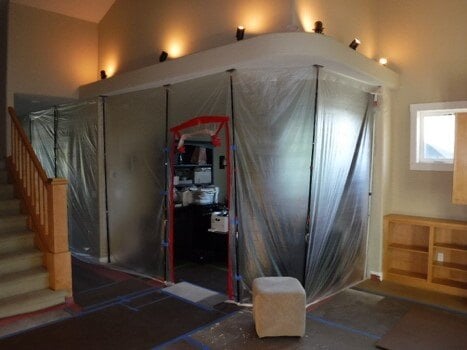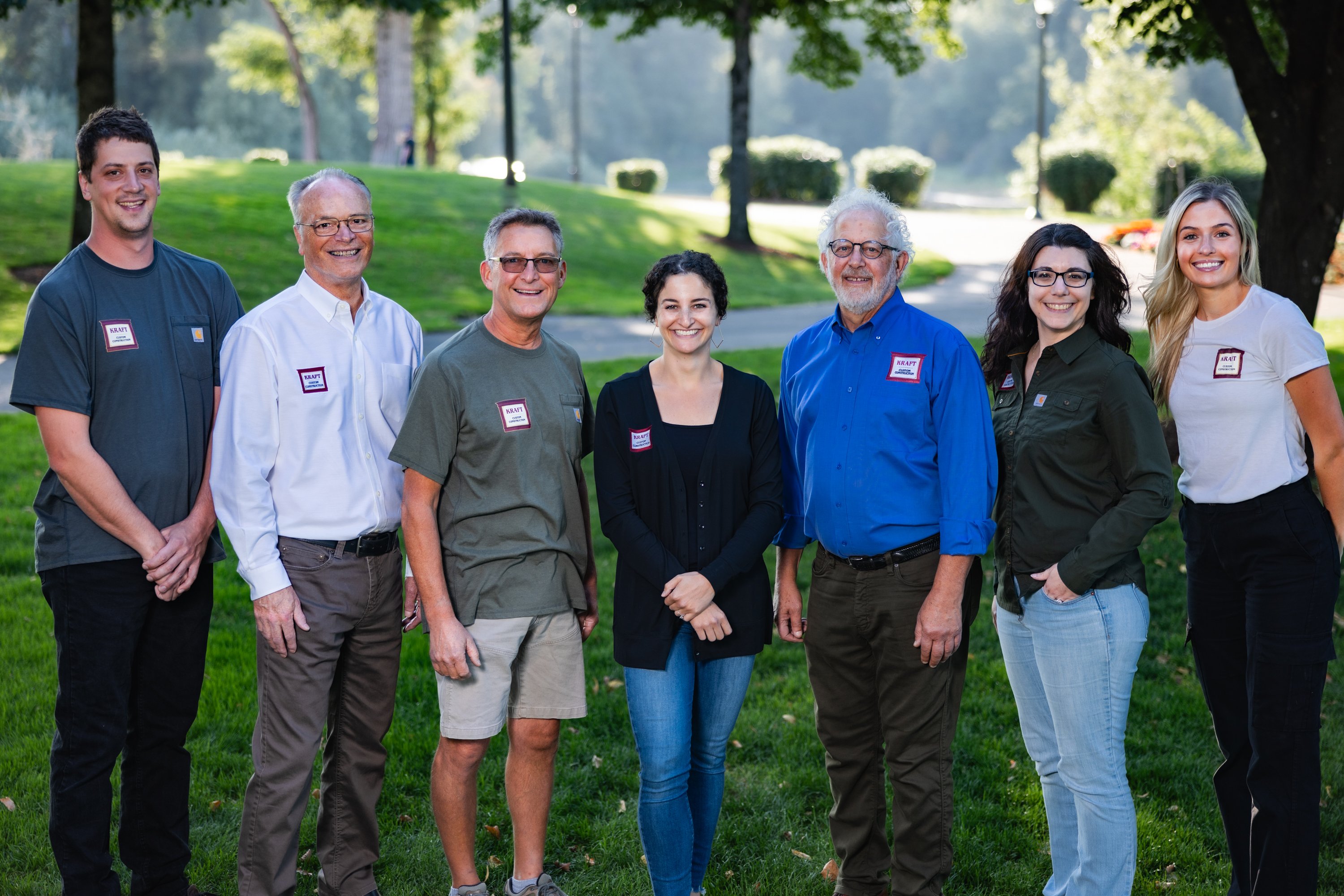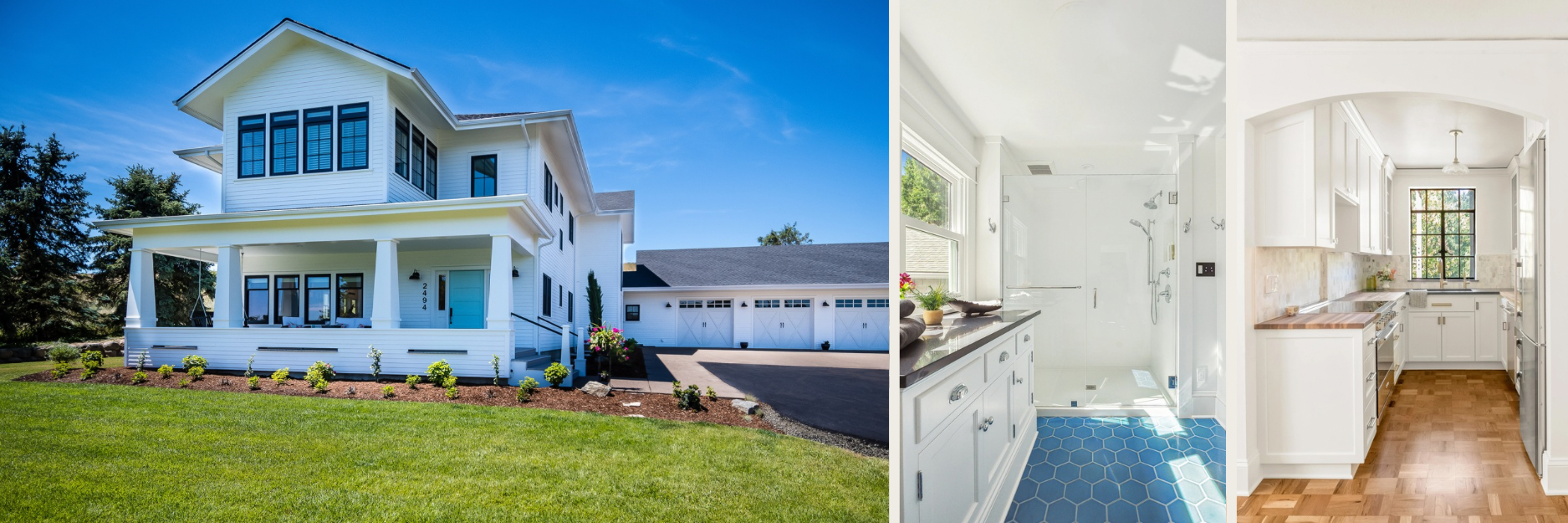Sustainable Home Deconstruction: Reducing Waste & Maximizing Impact
Demo days often bring an air of excitement to the job site. For homeowners, it signals the beginning of long-awaited change and the first major step in project progress. However, demolition creates dumpsters filled with waste. The thought of your project dumpsters adding to area landfills may be less than appealing. What about choosing deconstruction over demolition? If minimizing your environmental footprint is a priority, then sustainable deconstruction is an option for reducing waste and maximizing impact.
What is Deconstruction?
According to the United States Environmental Protection Agency’s Top Green Home Terms, deconstruction is “the careful and systematic dismantling of a building structure to maximize the recovery of valuable building materials. Deconstruction is an environmentally friendly alternative to demolition, which produces large quantities of debris requiring disposal.”
Whether your project is a one-room renovation, a full home remodel, or somewhere in between, deconstruction presents a viable option for consideration. Many of the high-quality contractors in the industry often prioritize deconstruction over demolition. There are also companies that solely focus on a deconstruction mission, like Lovett Deconstruction, highlighting the practice's benefits.
More than a topic of interest or personal preference, some cities and states are developing local ordinances to support deconstruction, specifically for historic homes. This includes Portland, OR. The ordinance, adopted by Portland City Council in 2016, applies to all single-dwelling structures built in 1940 or earlier, or structures designated as a historic resource. In the early stages of your remodeling or new construction project, discussing how local ordinances and codes impact your project with your contractor is crucial. Finding a contractor who is well-versed in the intricacies of the deconstruction process, especially when dealing with historic homes, not only streamlines the process for the client but also ensures a successful project outcome.
The Benefits of Sustainable Home Deconstruction
Whether or not local building requirements reinforce deconstruction, there are benefits for every homeowner to consider.
1. Minimizing Waste
First and foremost, deconstructing a single space or an entire home provides an opportunity to reduce construction waste. Rather than discarding old materials in a landfill, they can be donated for reuse or recycled. Providing a new life for items such as cabinets, fixtures, and lumber is a sustainable alternative that extends the lifespan of the materials and reduces the demand for new resources.
There are several reputable organizations and community reuse centers in the greater Salem and Portland area. This list includes Habitat for Humanity ReStore locations, ReBuilding Center, and ReFit. The City of Portland’s services website also provides a list of salvage retailers in the Portland metro region that sell materials from deconstructed Portland homes. Exploring this list and understanding the mission behind some of these organizations may deepen your commitment to deconstruction.
Finally, properly deconstructing homes allows for the separation of materials, such as metal, so they can be easily sorted at the transfer station. This is yet another way to minimize the waste added to landfills, benefiting everyone.
2. Tax-Deductible Donations
When embarking on a project, financial implications are always a consideration. In the case of deconstruction, there is a financial incentive. For any project, there is a cost to the demolition process, including labor and disposal fees. In the case of deconstruction, the cost of labor increases due to the time and care of the removal process; however, instead of a disposal fee, the materials are donated to a qualified non-profit. The appraisal of the donated materials equates to a tax deduction for homeowners. Qualified consultants or contacts from the reuse centers can help explore the financial pros and cons of demolition vs. deconstruction.
3. Work Efficiency
Putting a sledgehammer to work and quickly ripping everything out of a job site may seem like a time saver, but it also may cause more harm than good. If the demo team damages other parts of the work area in the process, it can be more challenging to rebuild. For example, if cabinets are removed with a sledgehammer, as often seen on TV, the drywall behind them may be damaged, requiring complete replacement. Instead, deconstruction means they are carefully removed, and the wall is left intact for mounting the new cabinets. That sledgehammer could also damage wires or other infrastructure behind the walls, necessitating costly repairs. The thoughtful planning behind deconstruction translates to less work and lower rebuilding costs.
4. Being a Good Neighbor
A construction project in the neighborhood disrupts more than just your daily living; it impacts your neighbors as well. While remodeling is inherently a disruptive process, the right contractor can help minimize these disruptions. Sustainable deconstruction can significantly reduce dust, noise, and other disturbances, especially when deconstructing an entire home. This practice can help alleviate some of the daily disruptions typically caused by total demolition, making the process more manageable for everyone involved.
Maximizing Impact: The Ripple Effect of Sustainable Choices
The deconstruction decision has a ripple effect of environmental, financial, and socially responsible benefits that give your one personal decision maximum impact on the greater community.
From an environmental perspective, deconstruction diverts materials from landfills, reduces greenhouse gas emissions, and conserves natural resources. It reduces the need for new materials to be produced and transported and promotes the positive reuse of resources. Furthermore, deconstruction results in better site conditions, such as less dust and noise, and a reduced impact on soil and vegetation.
Deconstruction may also offer an economic benefit to homeowners in the form of cost savings through tax deductions and reduced disposal fees. Moreover, there is a greater social and economic impact—job creation. Manually deconstructing structures requires substantial labor. This provides an opportunity for those with novice skill sets to be trained and work within the building trades.
Yes, to deconstruction, now what?
At Kraft, we believe it is our responsibility to implement as many sustainable practices as possible, that is why we prioritize deconstruction. As a valued and reliable project partner, we work in the best interest of our clients, but we also understand the greater impact we have on the community—and that means doing what we can to protect the environment. Deconstruction is one sustainable practice and one part of the complex remodeling process, but there are decisions to be made before deconstruction begins. Contact us so we can learn more about your project needs and sustainability priorities.

.png?width=636&height=398&name=Untitled%20design%20(9).png)


